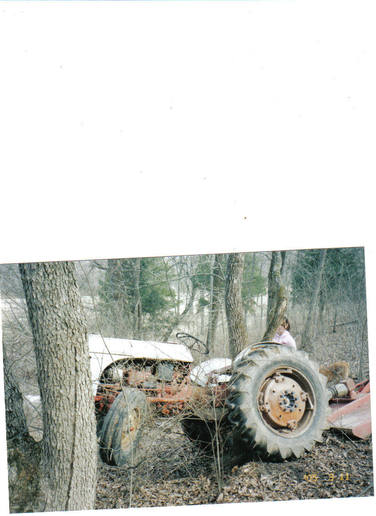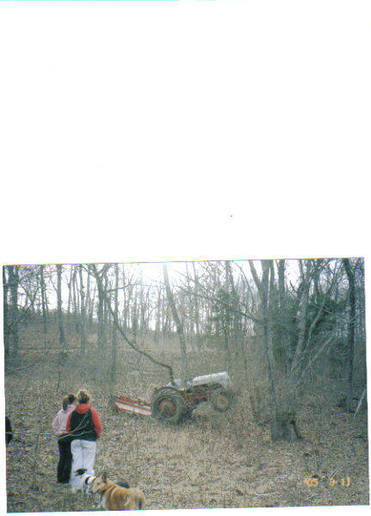Anonymous-0
Well-known Member
Hi all - I recently purchased a 1940 Farmall A. In my wanderings around the web looking for info. I'm seeing more and more about how easy it is for these old tractors to flip and tip. Part of my property (and the reason I bought this tractor) is on a mildly steep grade (say 20-40 degree slope)and it needs to be bush hogged. Should I not use this tractor for this purpose? Not being experienced can only make this a bigger problem and I don't want to get hurt. Should I be using a garden tractor with a lower footprint of lower center of gravity? Perhaps I have purchased the wrong tractor for my uses.
I'm open to your opinions. I haven't purchased the bush hog yet and won't be doing so until the spring. Or I may just unload this piece and put it towards a newer tractor. Let the discussion begin, and I do appreciate it.
-shortyedwards
I'm open to your opinions. I haven't purchased the bush hog yet and won't be doing so until the spring. Or I may just unload this piece and put it towards a newer tractor. Let the discussion begin, and I do appreciate it.
-shortyedwards




